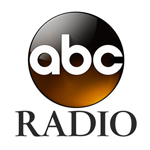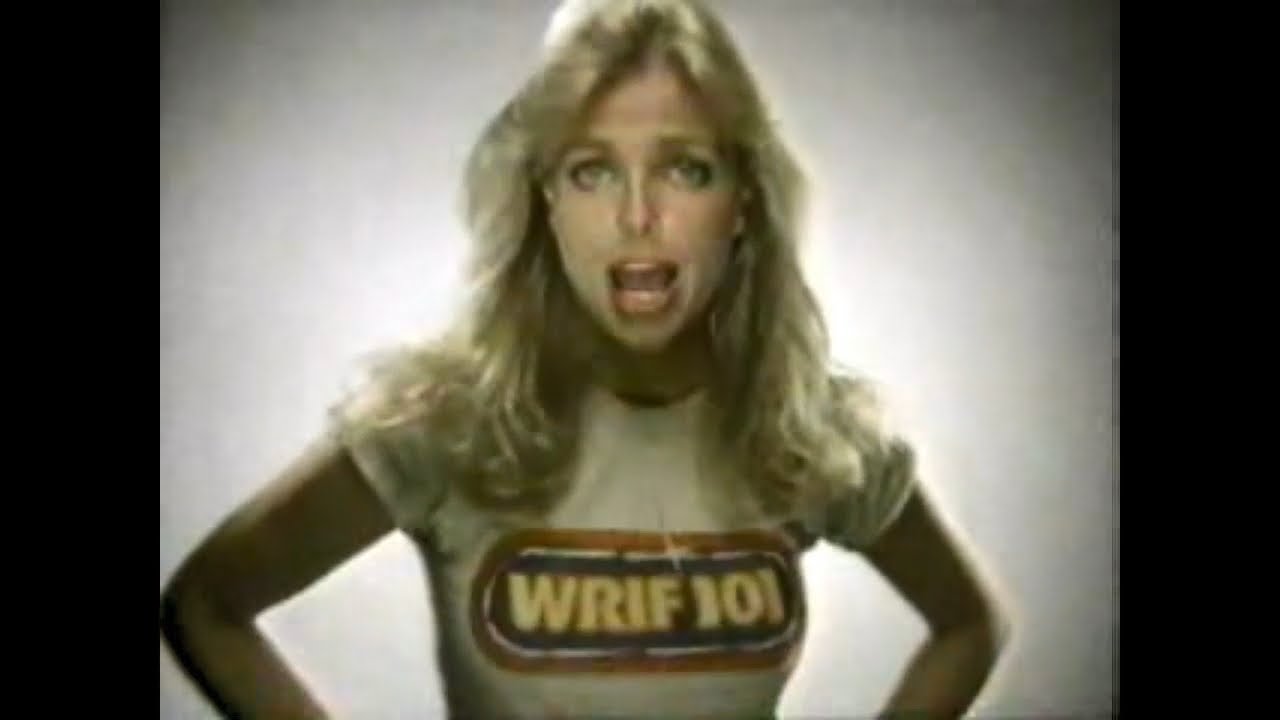
In recent years, I’ve run into a lot of people from the tech world who proudly describe themselves as “serial entrepreneurs.” And I’ve never known whether to interpret that as a good thing…or a bad thing.
Does it mean they’ve have started up one successful company after another? Or is it more the case they launched companies that never managed to succeed, due to the typical reasons: a lack of capital, bad timing (the pandemic, the recession, etc.), unanticipated competition, the wrong people, irrational exuberance, or maybe just maybe it wasn’t a great idea to start with.
I’ve been fortunate. I’ve started up two companies in my career, both based on pretty good initial ideas. Jacobs Media was hatched on my dining room table in 1983, propelled by the birth of the Classic Rock radio format. Our mobile app company, jacapps, got its auspicious start in the company storeroom in 2008. About 100 days after Apple opened its now-famous App Store, jacapps was founded on the premise that broadcast radio had lost its portability when the Walkman became obsolete. Our theory was that streaming apps on smartphones could re-revolutionize radio, restoring its ability to “go anywhere.”
dining room table in 1983, propelled by the birth of the Classic Rock radio format. Our mobile app company, jacapps, got its auspicious start in the company storeroom in 2008. About 100 days after Apple opened its now-famous App Store, jacapps was founded on the premise that broadcast radio had lost its portability when the Walkman became obsolete. Our theory was that streaming apps on smartphones could re-revolutionize radio, restoring its ability to “go anywhere.”
In both cases, there was no business plan, slick PowerPoint deck, adequate funding, or venture capital. Both companies have evolved, each a bit different than when they started. But somehow, they endure, and that’s also in spite of the fact that while I hold two degrees, I never took a single business class.
I’m not proud of that. In fact, it has occurred to me on many occasions over the years how helpful it might have been to have actually had some training in business operations, budgeting, forecasting, and yes, personnel management.
It was especially true early in my career when I went to work for ABC Radio, first at WRIF in Detroit, and later for the company’s Owned FM Stations in New York. In each case, a basic understanding of how organization charts are created and why might have come in handy.
 While you will often hear me sing the praises of ABC Radio, a truly fun company to work for back in the 1970s, there was one thing about how their station staffs were configured that would eventually make me crazy. I was actually able to change it at WRIF.
While you will often hear me sing the praises of ABC Radio, a truly fun company to work for back in the 1970s, there was one thing about how their station staffs were configured that would eventually make me crazy. I was actually able to change it at WRIF.
Back then, promotion directors had a great deal of clout. They controlled, in some cases, seven figure budgets. Most of their attention was spent on the content sides of their stations. Believe it or not, working with the sales department was a secondary responsibility.
But then there were the promotion/marketing directors. Each was on the same line on ABC Radio’s station org chart as the program director, both reporting directly to the general manager. As a result, the PD and promotion director collaborated as equals, but also worked separately from one another. Programmers rarely shared intricate plans in and around the station’s sound with their marketing equal. And promotion directors worked on ad campaigns and other marketing materials on their own, sharing these plans with the PD, but also having the final call on how promotional dollars were apportioned and spent.
It made me nuts. Because when a less than stellar rating book happened, it was the PD being pelted with all the “What happened?” questions, while the marketing director was off planning the next campaign. Over time, I openly campaigned to have promotions report to programming for the good of all involved, not to mention the health and welfare of the Mothership.
That is most certainly the way it has come to be in most commercial radio situations in the years that have followed. The PD is in charge of “the product” – that includes how it sounds, how it looks, and how it is perceived and used by the audience. And that’s as it should be. The buck stops at the PD’s office, like the “showrunner” in Hollywood who has to account for how well consumers enjoyed and engaged with a piece of content, whether it’s a TV sitcom, a “romcom” movie, or a country radio station.
Over the years, the program director’s responsibilities and purview have expanded, in-synch with how technology has expanded the landscape. When I programmed WRIF, I was responsible for the on-air sound (and the ratings it garnered) as well as station events, contests, and other connected content. Today – at least in theory – the PD should be overseeing all that, PLUS the website’s content and how it looks, metadata in the car dashboard, the social media footprint and messaging, the mobile app, and anything else with the call letters on it that comes into contact with the audience.
landscape. When I programmed WRIF, I was responsible for the on-air sound (and the ratings it garnered) as well as station events, contests, and other connected content. Today – at least in theory – the PD should be overseeing all that, PLUS the website’s content and how it looks, metadata in the car dashboard, the social media footprint and messaging, the mobile app, and anything else with the call letters on it that comes into contact with the audience.
It doesn’t always cleanly work out this way, of course. And in today’s environment where there are simply fewer station employees to begin with, the program director is often tasked with performing these other functions themselves. These days, commercial radio PDs typically are also on the air, while many often oversee other brands in the building and/or in the company.
In public radio, it is typically a much different world. These days, I often think about how radio differs, especially commercial versus public. Over the past several decades, public radio has excelled, especially in the content realm. It has generally made better use of network programming, while tending to provide solid coverage of the local terrain.
But now that may be changing. Public radio’s organizational DNA and legacy job roles and responsibilities may now be harming its ability to adapt and even pivot to changing demands, not just from listeners, but also from station “ownership” (a nonprofit or university) and boards of directors.
 In public radio, the silos can be downright rigid and ultimately maddening. In the case of news/talk stations, there’s a news department, of course, often running independent from “programming.” Then there’s something called “development” – a combination of sales (those low-key advertiser “credits” and sponsor mentions) along with fundraising.
In public radio, the silos can be downright rigid and ultimately maddening. In the case of news/talk stations, there’s a news department, of course, often running independent from “programming.” Then there’s something called “development” – a combination of sales (those low-key advertiser “credits” and sponsor mentions) along with fundraising.
There may also be a head of content, in some cases carrying the title of Chief Content Officer. While this person may be in charge of any content the station produces, on and off air, they are not the program director. In fact, many content positions don’t require prior programming experience.
That’s because there’s frequently a “program director” position on the org chart. But unlike their commercial counterparts, most of the managers holding the position of PD in public radio have a different job. They don’t typically have many direct reports, much less the authority or responsibility to totally shape their station’s sound. In many cases, the news department doesn’t report to the program director (there’s a separate news director). Nor does the head of “development,” the department overseeing sales and fundraising.
So, who exactly is programming public radio stations? And what do they do?
Who is the person in the organization responsible for the overall vision and sound? Or is this often a responsibility shared across several departments?
In an increasingly competitive environment, brand focus becomes a critical factor in how listeners, advertisers, and donors perceive a station.
That’s where tomorrow’s conversation is headed as we tackle the question, who is in charge at public radio stations?
To read Part 2 of this post, click here.
Public Radio Techsurvey is now out of the field. In just a few weeks, it will be ready for presentation to its stakeholder stations, and later the entire industry. We will keep you updated on presentation dates.
- Memorial Day 2025 – The Year Of Standing On Shaky Ground - May 23, 2025
- To Win In Radio, Make A Difference - May 22, 2025
- Turn Up The Radio (If You Can Find It) - May 21, 2025




I used to see arguments between my friends funning programming and promotion at WBZ ’71. When I got to CBS/FM Boston in ’77, I accepted Director, Programming & Promotion at WEEI/FM to adjust The Mellow Sound to Softrock. Problem solved. Thank you, Fred.
Please don’t dis yourself for omitted business courses, Fred. I got my MBA from a university that shall remain nameless and was astonished that no courses on human resources or organizational development were required or even offered. Yet they had the cheek to offer a separate degree course in HROD. Absolam, Absolam…
Fascinating omissions, John. I feel better now.
What a great read Fred. I’m looking forward to tomorrow’s newsletter. I am on the Board of Directors of a non-profit in Vernon, British Columbia working to bring a community radio station to air. .It’s been a long, hard struggle. But we are close. Only a couple of us have radio experience. I was in news for 48 yeas, half of that as a News Director. Working with people who do not have the experience and trying to get them to understand the workings and the programming needs is a bit frustrating at times. Your column today and tomorrow will surely give me some ideas on how to sooth things out.
Tom, I’m glad the post resonated for you, and provided perspective. Good luck with the search. You might want to connect with Rima Dael, the new CEO o the National Federation of Community Broadcasters. I’d be happy to make an introduction.
This resonates w me too. Was still true in comcl radio in the 80s and 90s. I was in a top 10 market with one of the major groups. I was GSM and recall having to gingerly approach the promo mgr as if to kiss the ring for simple promotional deals. If the “soup nazi” didn’t like the way I asked it or had a bad morning I’d get laughed out of the office. The PD would shrug and say “not my call”. Then after a couple of bad books in a row, the PD would be gone in the dead of night and sales would take heat for months thereafter for “not maximizing”. Lol. Turning to public radio, your siloed description is spot on. The “block programming” format no longer works as evidenced by train wreck weekends blowing off audiences like crazy, We need to stop being precious and talk about this out loud.
Great perspective here, Tim, from both the commercial and public sides of the street.
My father was a smart old man he would say “Son, if you’re going to be on the radio I suggest you don’t discuss politics, religion, or sports because 50% of your audience will disagree with you and why would you possibly want to lose 50% of your audience“. “Public” radio is a misnomer. These stations are not programmed for the masses, but rather for the effite liberal snob with a political slant who will financially endorse and support the stations. Fred, you have taught us over the years to listen to what the audience wants and they in turn will listen to you Congress proposed recently to eliminate funding for PBS stations. I get it. The mantra for the “public” stations today Is very distant from those that gave us, Sesame Street and Mr. Rogers. The opening line of the communications act of 1934 did not mention “fitting the agenda“.
Jim, I know others who share your views. I would submit that while politics is clearly a prime offering on public media outlets, both television and radio stations offer much more – culture, the arts, kids’ programming, social issues, and whimsy. These days, though, most roads lead to politics and as a result, divisiveness. It’s the world in which we live. I appreciate you commenting.